|
Of the nine species of finch that we have recorded so far here at Leaning Oaks, the Pine Siskin (Spinus pinus) is the most abundant and constant on the property, with records from every week of the year. That being said, it IS a finch, a group of birds known for nomadism and irruptive behaviour and that has been in ample evidence this year. Large numbers of Pine Siskins have been present for months now and and feeders have been very busy with this species since last September. Flocks of siskins have been passing overhead nearly constantly and their upward slurred calls are a nearly constant sound during daylight hours here ever since June of 2020.
The movements of Pine Siskin are, at least in part, linked to food availability and they wander widely when food crops are low in the northern forests. These irregular movements are layered on top of a seasonal migration, making generalizations about siskins movements difficult to describe. They feed on a wide variety of seeds, including thistle and dandelion, conifers, alders and birches. Their use of bird feeders at Leaning Oaks is variable, some years they are present nearly constantly, and other years they might not use our feeders much or at all. Presumably in years where there are heavy conifer or alder seed crops they may not need to forage at bird feeders. They also take green buds and a variety of arthropod prey. Their thin, pointed bills make dealing with very hard seeds difficult and they often use broken seeds left by other finches. Anyone with a feeder will notice that Siskins are remarkably variable in patterning, especially the amount of yellow visible on the wings. Gender is not reliably determined by either plumage or size. Females are fed on their nests by males and therefore seldom leave the nest during incubation. Adults feed their youngsters by regurgitation of a thick yellowish or greenish paste. Young leave the nest on 13 to 17 days after hatching.
0 Comments
Dicranoweisia cirrata is epiphytic and commonly found on tree trunks or wood in early stages of decomposition or fence posts and wooden signs. It is also found on concrete or stone, particularly close to the coast. . Another common name is Curly Thatch Moss. When it dries in the summer the leaves are twisted and contorted. In the winter they are smoother and upright as are the sporophytes.
It is found on Vancouver Island, Haida Gwaii the mainland coast. There are observations on iNaturalist from the interior of BC, but they have not been identified yet, so it will be interesting to see if it found further afield once the moss experts ID these. The authors of Plants of Coastal British Columbia (Pojar and Mackinnon) indicate that it most readily identified by habitat.and then a bit disparaging "and its lack of impressive size, colour or morphology". Damned by faint praise. Here at Leaning Oaks, we most often encounter Hermit Thrushes (Catharus guttatus) in the late fall and early winter, less often in the later winter, and then an increase again during spring migration in March and April. We don’t get to hear its beautiful song here very often, with the exception of the spring of 2013 when a male set up territory on the property and often sang repeatedly for over an hour early in the morning. Very early in the morning in fact. Early morning singing is a feature of Hermit Thrushes during their breeding season and Hermit Thrushes and American Robins both have adaptations in eye structure thought to enable them to detect early morning light better than other bird species that start singing later in the day.
The Hermit Thrush is aptly named, 97% of the sightings we have of Hermit Thrush at Leaning Oaks are of a single bird. The Questionable Stropharia, Stropharia ambigua, is a relatively common fungus found on the wet west coast. It is found most commonly under conifers, but may be in mixed forest in rich humus, providing a dash of light in the dark, Here on Leaning Oaks it was found near Douglas-fir. It is only found on the Pacific coast from Alaska to California. It is relatively distinct with the cottony white veil over the tan or yellow cap and the shaggy white stalk. It can be found singly or in small groups, both having been seen here. Strophus in Greek means belt, and for this genus refers to the distinctive membranous ring on the stipe.
The description of this species in the nearly 1000 page tome, "Mushrooms Demystified" by David Arora is full of superlatives that you may or may not agree with. "There is nothing ambiguous or questionable about this elegant, stately fungus. It is our most common woodland Stropharia and at its best is one of the most exquisitely beautiful of all mushrooms--well worth seeking out." This past year, 2020 was a year of discoveries and iNatting. We were challenged to do an iNaturalist project where we documented every species possible that we could within a five mile or 8 kilometre radius from our house. This was a challenge posed by a colleague in Ontario and many signed in to play along. What a great thing to do when you couldn't travel far anyhow. Because of the somewhat um, competitive nature of this challenge, I learned a lot about groups that I had not particularly paid a lot of attention to before, like mushrooms. We were excited to find this attractive moth under our porch lights in August. Leah had been working on assessing the status of all the Lepidoptera (Moths, Butterflies and Skippers) of British Columbia and we had read about this species (Elophila icciusalis), and were fascinated by the aquatic larvae portion of its life cycle. The larvae feed on duckweed, Buckbean, pondweeds and aquatic sedges. Our pond now has a flourishing cover of (#253) Common Duckweed which we suspect has, in turn, attracted this species to take up residence on our property.
BC records for adults of this species are from June and August. It is a member of the Crambidae family, or Snout-Moths. Larvae and pupae are in cases made of aquatic vegetation, similar to those made by some caddisflies. The background colour of the adult varies from tan to yellow to orange. The Pondside Pyralid Moth is found across much of North America. This seed-bug, Rhyparochromus vulgaris was first found in North America in Seattle in 2001 and by 2004 was being found throughWashington and Oregon. It occurs naturally in throughout Europe, including south to the Mediterranean region. In BC there is a 2013 record from a Langley nursery. The first record from the interior of BC was from Creston in 2015. This species overwinter as adults, feed on seeds and will enter buildings in large numbers. This was just a lone individual.
The genus means "dirt-coloured" thus the rather blah English name. |
AuthorsTwo biologists on a beautiful property armed with cameras, smart phones and a marginal knowledge of websites took up the challenge of documenting one species a day on that property. Join along! Posts and photographs by Leah Ramsay and David Fraser (unless otherwise stated); started January 1, 2014. Categories
All
Archives
May 2025
|
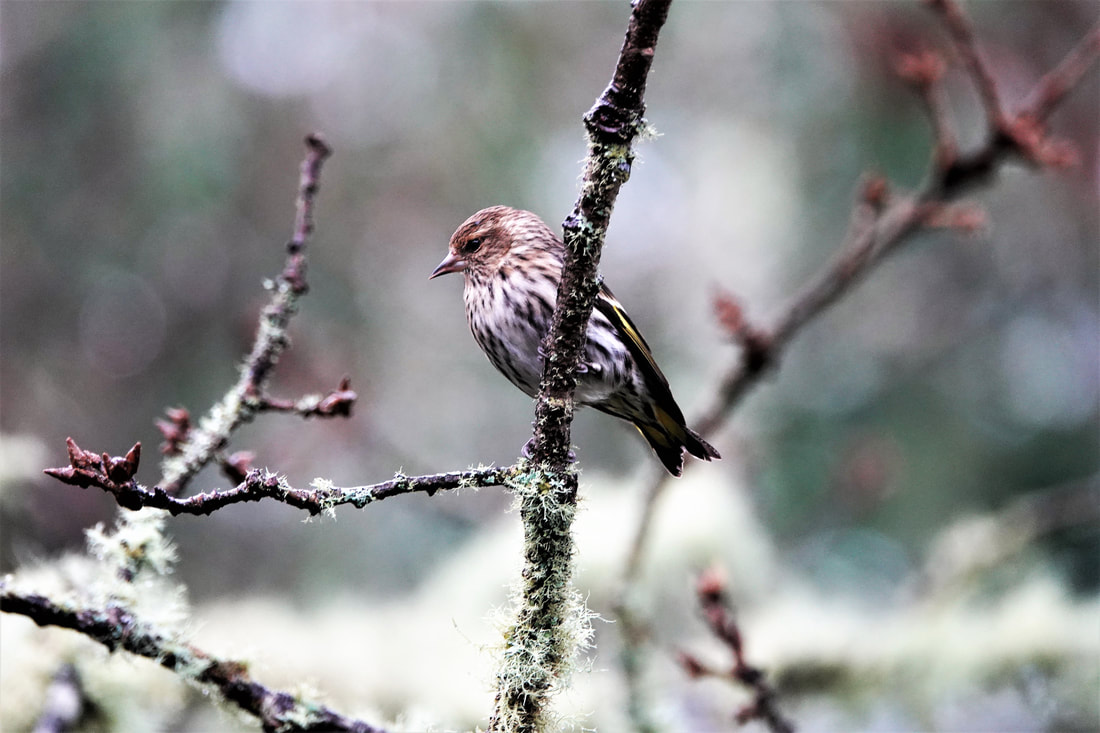
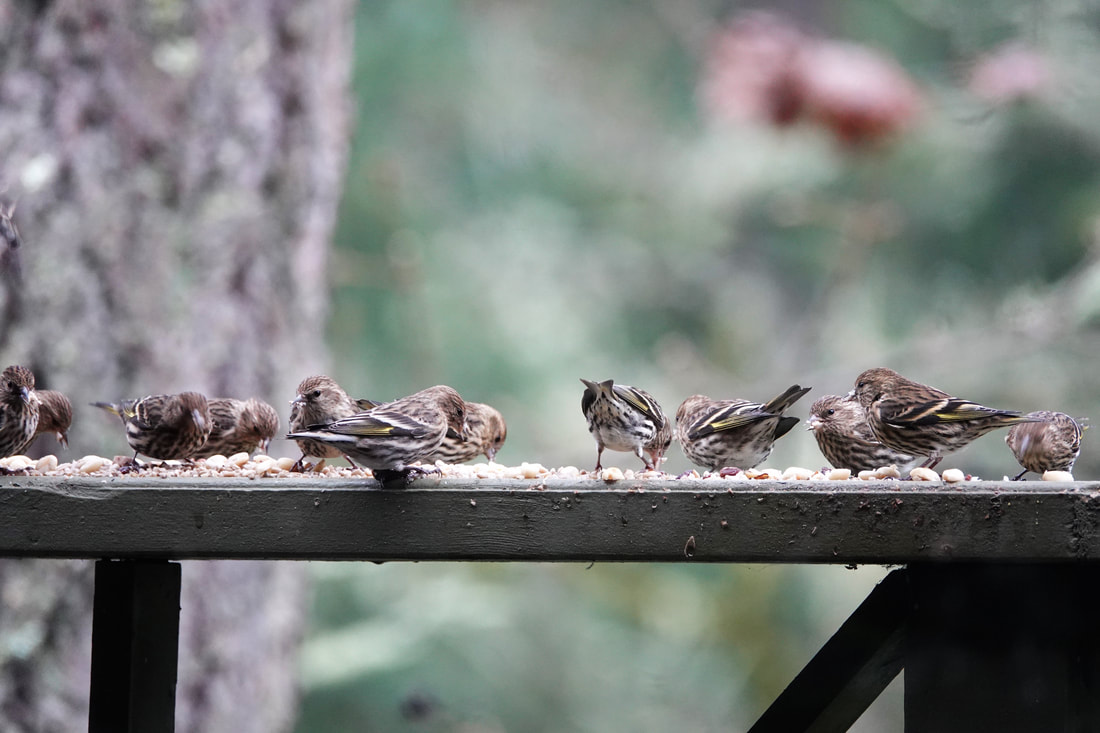
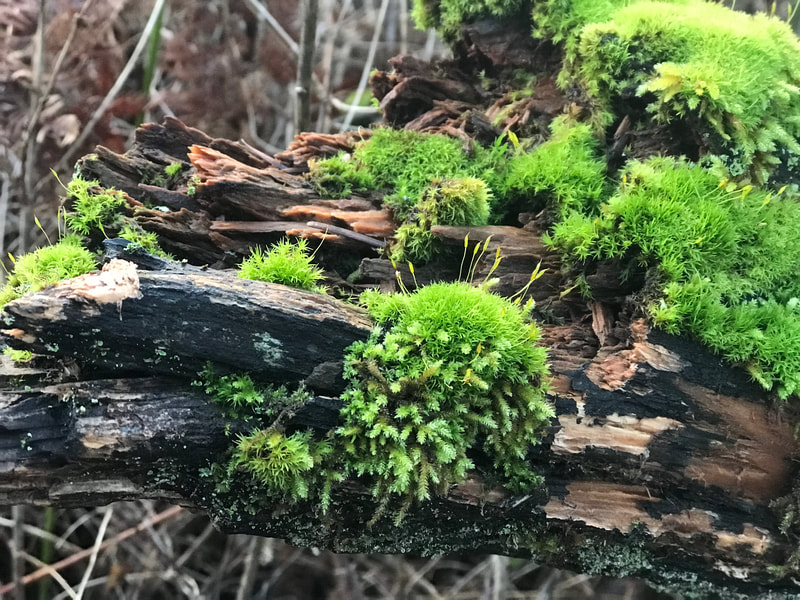
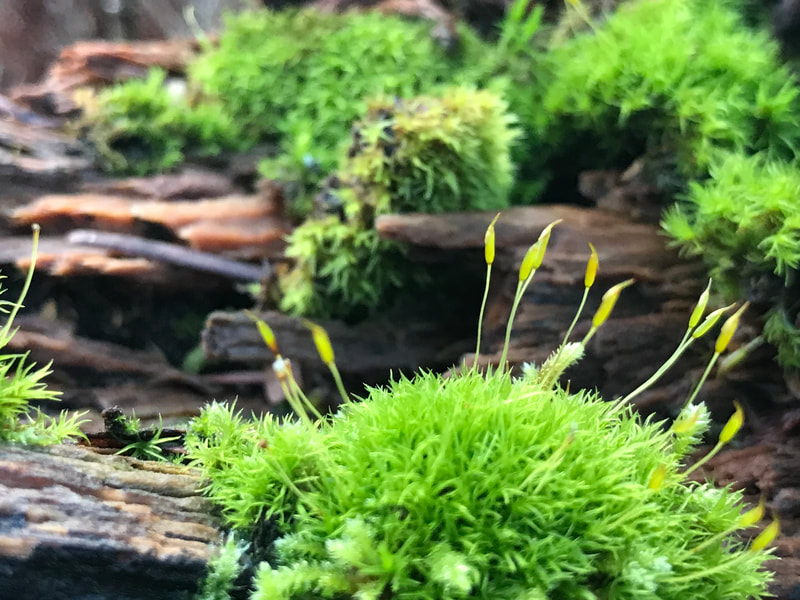
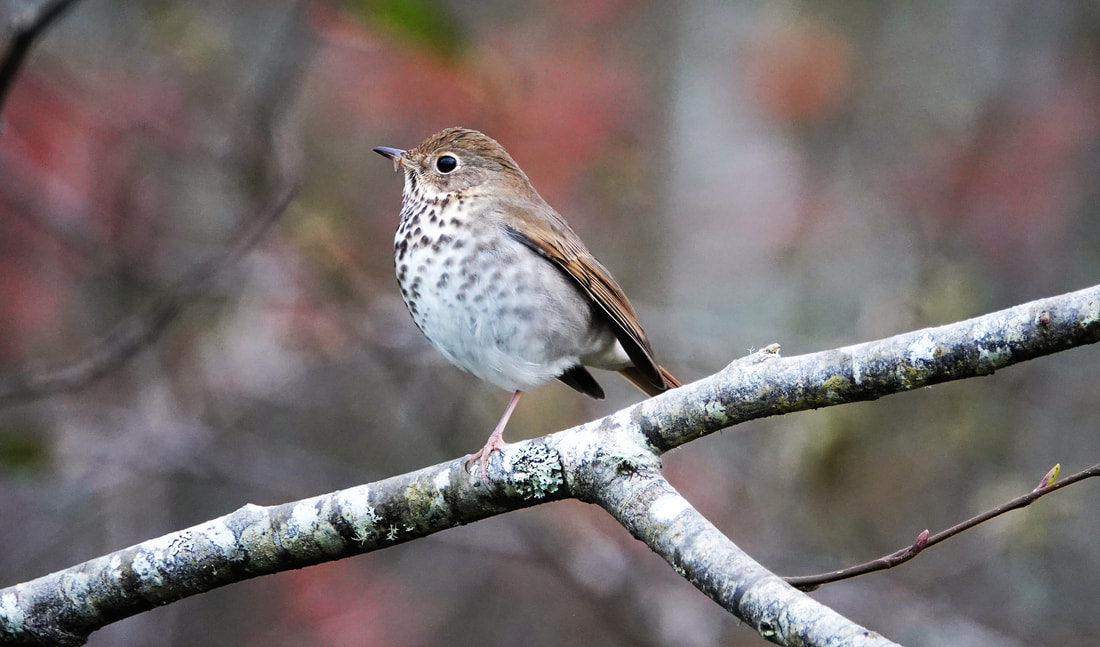
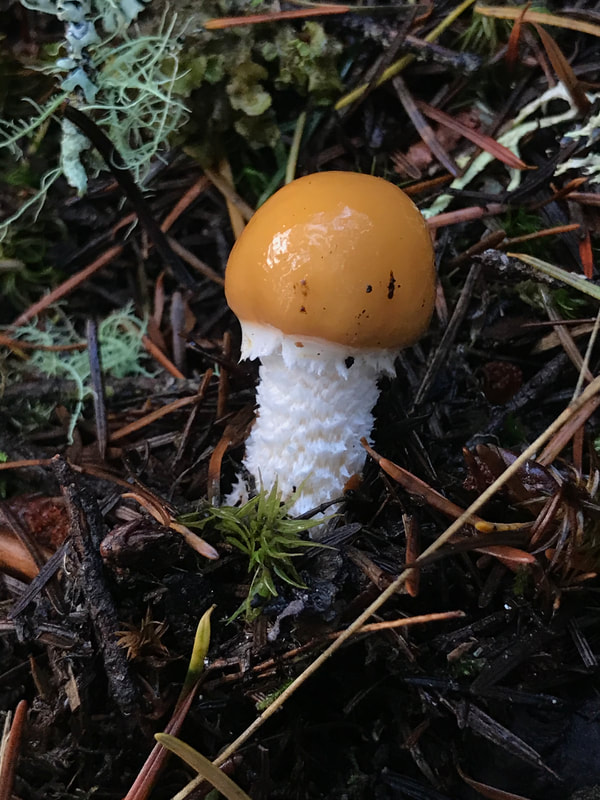
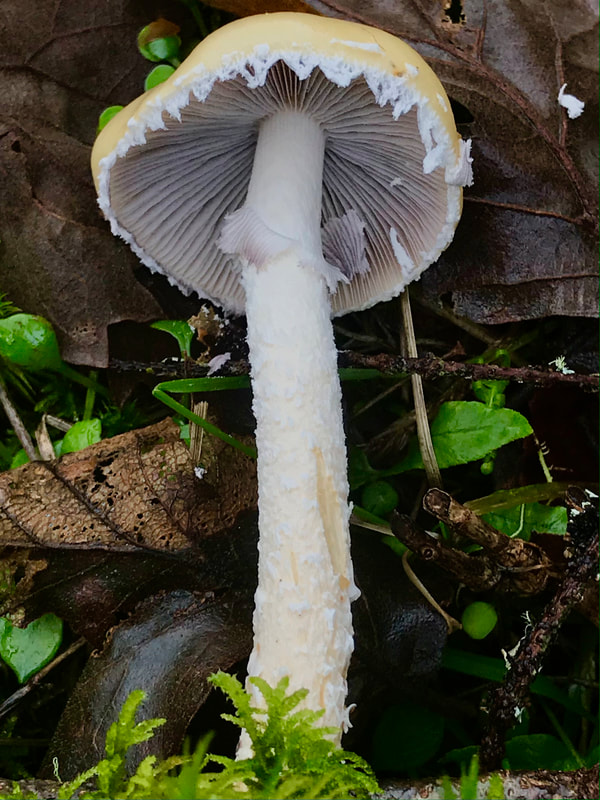
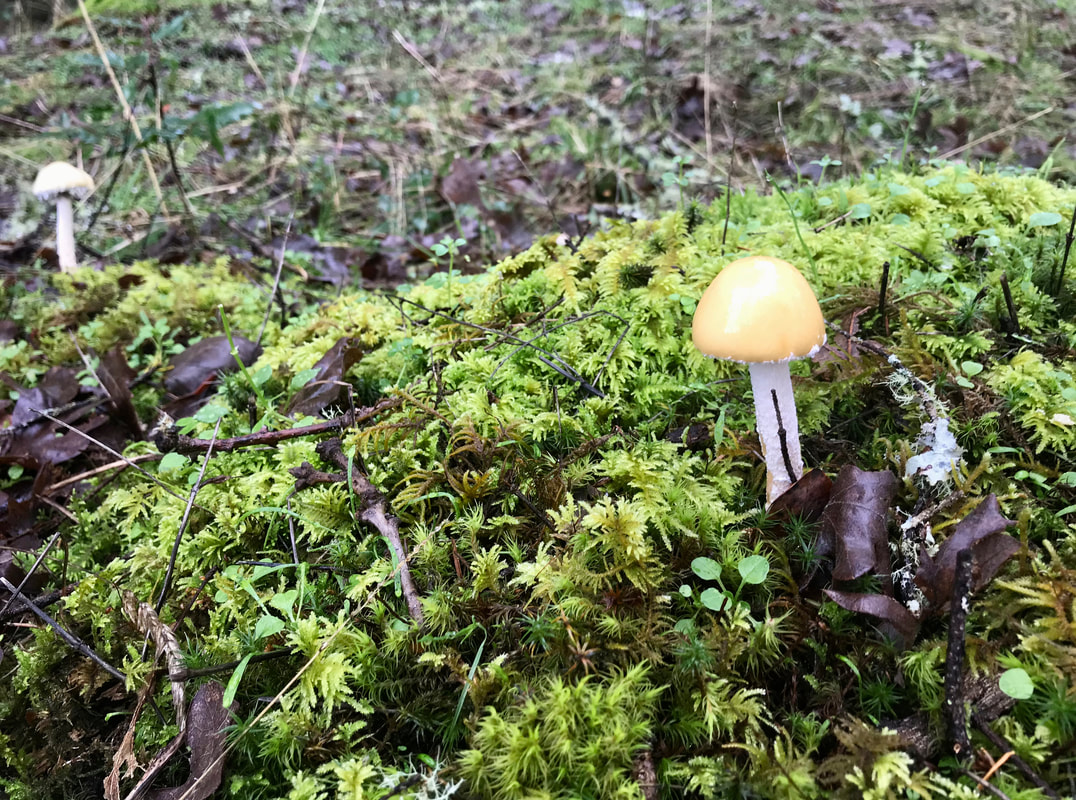
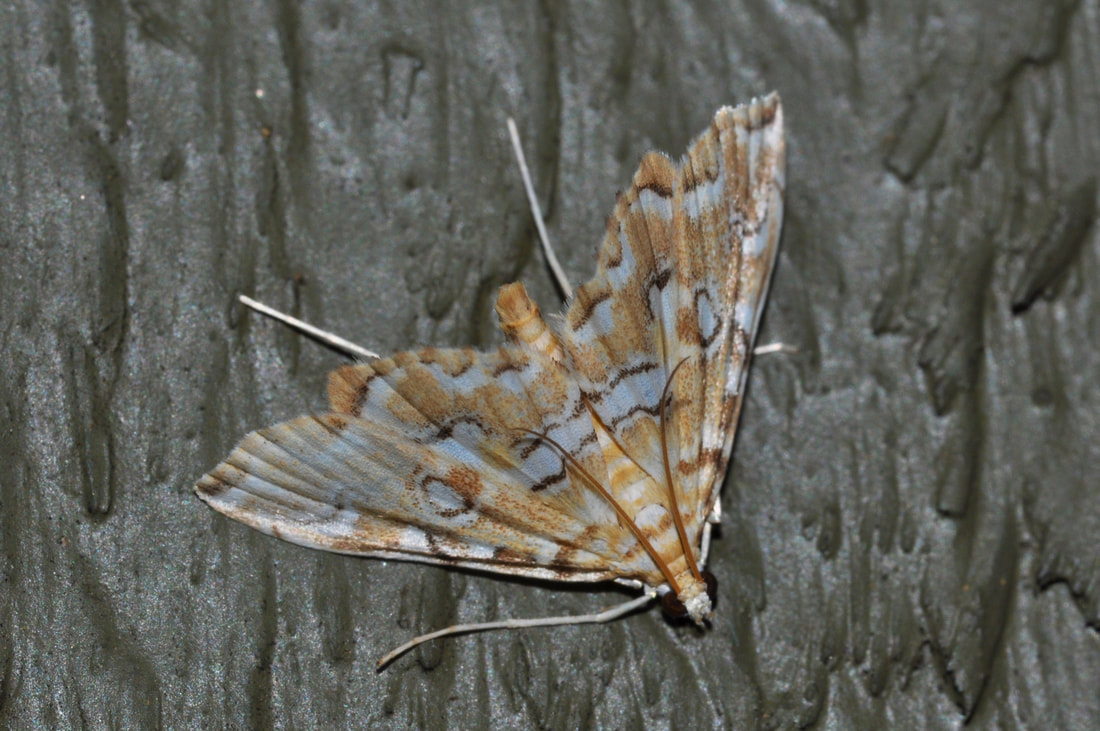


 RSS Feed
RSS Feed